Market Trends
Key Emerging Trends in the Programmatic Advertising Market
The programmatic advertising market has experienced significant growth and transformation in recent years, becoming a cornerstone of the digital advertising landscape. One of the most prominent market trends is the continued rise of programmatic ad spending. Advertisers are increasingly allocating larger portions of their budgets to programmatic advertising due to its efficiency and effectiveness in reaching target audiences. The ability to automate the buying process and target specific demographics in real-time has proven compelling proposition for businesses looking to optimize their marketing efforts.
Another noteworthy trend in the programmatic advertising market is the increased adoption of artificial intelligence (AI) and machine learning technologies. These advanced technologies play a crucial role in enhancing the precision and relevance of ad targeting. By analyzing vast amounts of data, AI algorithms can identify patterns and trends, allowing advertisers to deliver more personalized and contextually relevant ads to users. This improves the overall effectiveness of advertising campaigns and enhances the user experience by presenting ads that align more closely with individual preferences.
Furthermore, the shift towards omnichannel advertising is a key development in the programmatic space. Advertisers recognize the importance of seamlessly reaching consumers across various platforms and devices. Programmatic advertising allows a unified approach to targeting audiences across display, mobile, video, social media, and other channels. This trend aligns with the changing consumer behavior, where individuals interact with content through multiple touchpoints, necessitating a cohesive advertising strategy that spans different mediums. Data privacy and transparency have emerged as critical concerns in the programmatic advertising landscape. With the implementation of regulations such as the General Data Protection Regulation (GDPR) and the California Consumer Privacy Act (CCPA), advertisers and ad tech providers are compelled to prioritize user privacy. The industry is witnessing a paradigm shift towards more transparent practices, emphasizing obtaining user consent for data collection and giving users greater control over their personal information.
Advertisers adapt to these changes by adopting ethical data practices and ensuring compliance with privacy regulations. The programmatic advertising market is also witnessing increased collaboration between brands and publishers. Advertisers recognize the value of building direct relationships with publishers to gain better control over their ad placements and ensure brand safety. Direct partnerships facilitate a more transparent and efficient advertising ecosystem, allowing brands to directly impact where their ads appear and ensuring alignment with the publisher's content. As the programmatic advertising landscape evolves, there is a growing focus on measuring and demonstrating advertising campaigns' return on investment (ROI). Advertisers are leveraging advanced analytics and attribution models to assess the impact of programmatic campaigns across different stages of the customer journey. This emphasis on measurable outcomes drives the industry towards more data-driven decision-making, enabling advertisers to optimize their strategies based on real-time performance metrics.

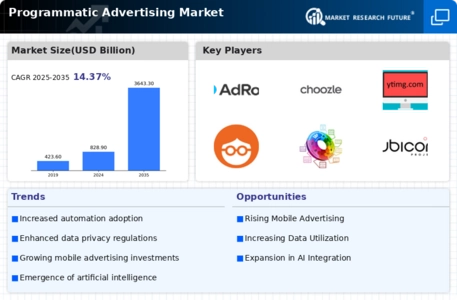
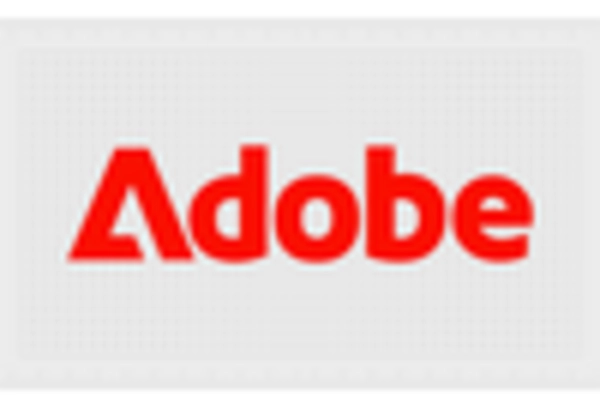
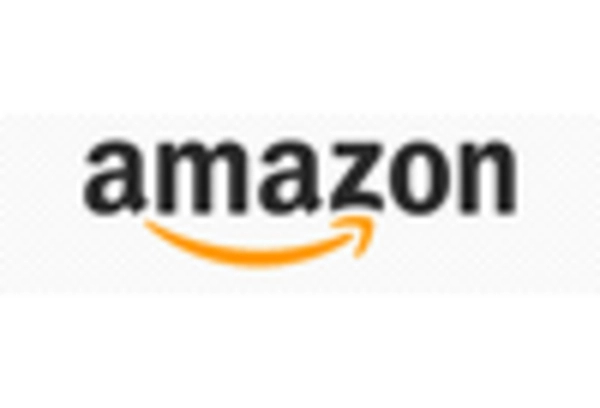

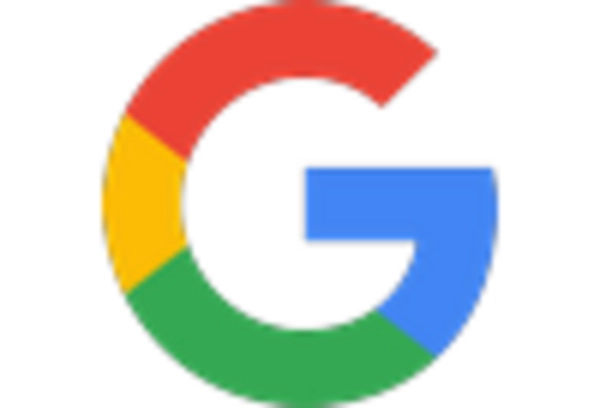

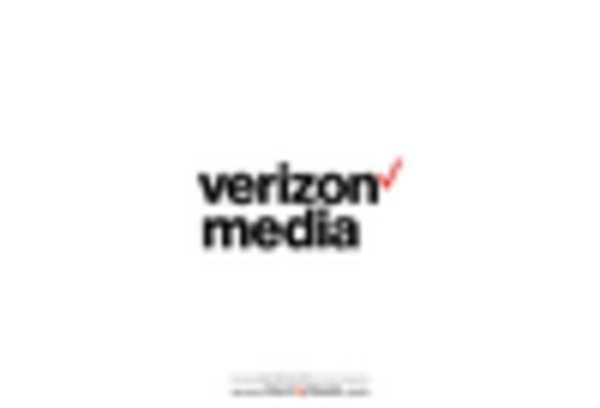









Leave a Comment